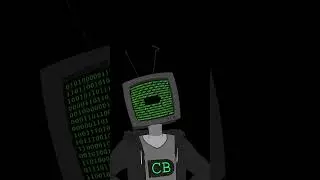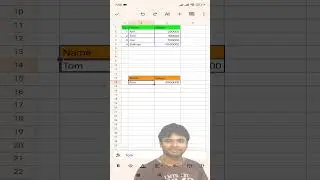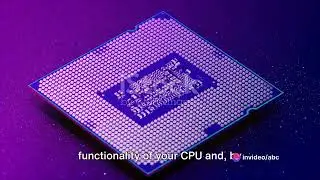Practice of Program Writing and Debugging
The practice of program writing and debugging is a critical aspect of software development. It involves the creation of source code, the identification and correction of errors (bugs), and the refinement of the code to meet the specified requirements. Here are some key practices and steps involved in program writing and debugging:
Program Writing:
Understanding Requirements:
Begin by thoroughly understanding the requirements and specifications of the software project. Clarify any ambiguities with stakeholders.
Algorithm Design:
Plan the program's logic and flow by designing algorithms. Break down the problem into smaller, manageable tasks.
Pseudocode or Flowcharts:
Before diving into coding, create pseudocode or flowcharts to outline the program's structure. This helps in visualizing the logic before writing actual code.
Choosing the Right Programming Language:
Select a programming language that suits the project requirements, taking into consideration factors such as performance, readability, and community support.
Code Organization:
Follow best practices for code organization. Use meaningful variable and function names, proper indentation, and comment your code for clarity.
Modularization:
Break down the program into smaller, modular components. This makes the code more maintainable and allows for easier testing and debugging.
Version Control:
Use version control systems (e.g., Git) to keep track of changes, collaborate with team members, and roll back to previous versions if needed.
Debugging:
Compile-Time Errors:
Address syntax errors and other compile-time issues. The compiler will provide error messages to guide you in fixing these issues.
Run-Time Errors:
Identify and resolve run-time errors, such as division by zero or null pointer dereference. Use debugging tools and techniques to trace the error back to its source.
Logic Errors:
Logic errors can be more subtle. Use print statements, logging, or debugging tools to trace the program's execution and identify incorrect logic.
Debugging Tools:
Utilize debugging tools provided by your integrated development environment (IDE) or external tools like GDB (GNU Debugger) for C/C++ programs. These tools help step through code and inspect variables.
Code Reviews:
Conduct code reviews with team members to get fresh perspectives on the code. Peer reviews can uncover issues that may be overlooked by the original author.
Unit Testing:
Write unit tests for individual components of your program. Automated testing frameworks can help in running these tests regularly.
Integration Testing:
Perform integration testing to ensure that different components of the software work together seamlessly. Identify and fix any issues that arise during integration.
Regression Testing:
After fixing bugs, run regression tests to ensure that existing functionality has not been adversely affected.
User Testing:
Involve end-users in testing to gather feedback on the software's usability and identify any issues from a user's perspective.
Documentation:
Maintain comprehensive documentation for your code. This includes comments within the code, README files, and user manuals. Clear documentation aids in understanding and maintaining the code.
Continuous Improvement:
Learn from the debugging process and strive for continuous improvement. Address recurring issues, update documentation, and adopt best practices to enhance the quality of future code.
Effective program writing and debugging require a combination of technical skills, attention to detail, and a systematic approach to problem-solving. Regular testing, collaboration with peers, and a commitment to continuous improvement contribute to the development of reliable and high-quality software.



















